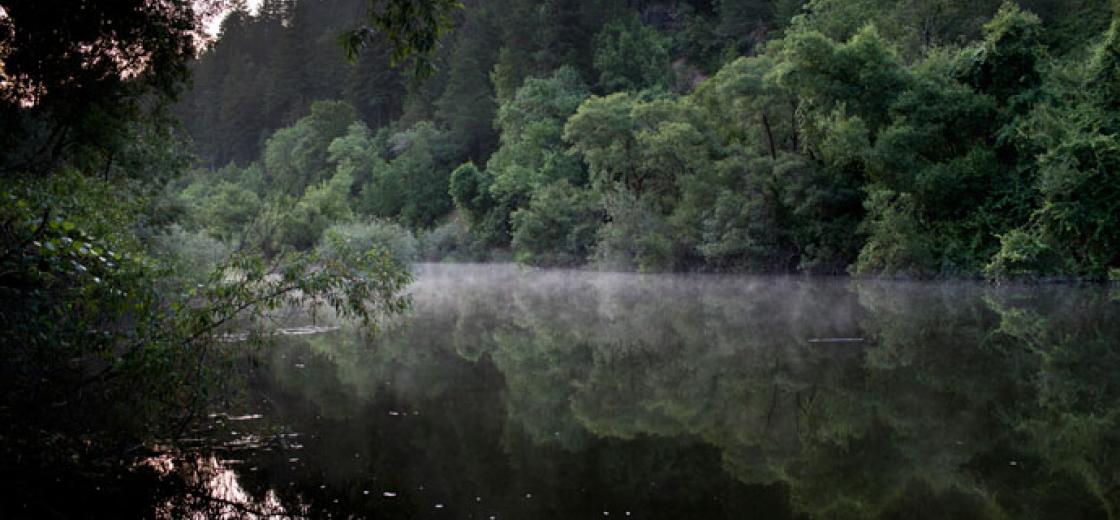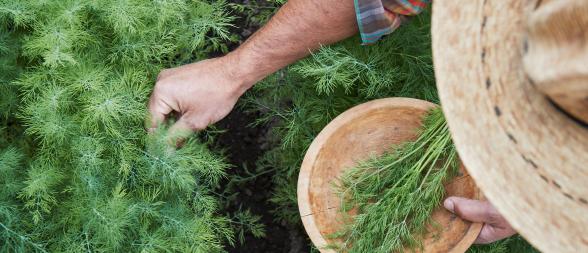
How Did the Russian River Valley Get Its Name?
Most people who visit the Kendall-Jackson Wine Estate & Gardens know that it’s located in the Russian River Valley. But chances are, if you asked them why the river and valley were dubbed “Russian,” the majority wouldn’t have a clue.
That’s because the tale of Russian involvement in Northern California has been almost totally obscured by historians. And yet, the Russians were pioneers in settling the North Coast, being the first white Europeans to arrive along the Sonoma Coast. (Of course, ancient indigenous tribes, especially the Pomo, had lived there for millennia.)
It was in the late 1700s and early 1800s that Russian Czars decided to emulate their European cousins, the Kings of France, Great Britain, Spain and Holland, and colonize a world they believed was theirs by “divine right.” Where the western European rulers turned westward across the Atlantic to colonize the New World, the Russians—largely landlocked in the West—sailed eastward, from their ports in Siberia and eastern Russia. Starting first in the Aleutians and Alaska, then working their way southward, they arrived on the Pacific Coast, just north of the present town of Jenner, in March, 1812, seeking a permanent place to live, farm and continue their migrations.
One of the first crops they planted was grapevines: Yes, the Russians, just as we ourselves, enjoyed a nice glass of wine! They planted their wheat, vines and orchard trees on the bench lands just to the east of Highway 1 (to the west, it was all sandy beach). But as things turned out, the climate of the Far Sonoma Coast proved too much for them. It was incessantly cold and foggy; the crops failed to ripen, and massive winter storms sweeping out of the Gulf of Alaska caused huge mudslides to tumble down from the coastal mountains, sweeping everything before them into the sea. The hardy Russians fought against the odds. An 1821 census of the area we now call Fort Ross (in honor of the Russians) counted a melting pot of 175 adults, mostly men, of whom only 24 were pure Russian. The rest were Creoles, Siberians, Aleuts, Alaskan Chugash and Kodiaks, Tlingits, Hawaiian, Miwoks and, naturally, the native Pomo.
After persevering against the elements for a few decades, in 1841 the Russians in desperation gave up and returned to Mother Russia. They sold their holdings around Fort Ross to John Sutter, the adventurer who, a few years later, was to discover gold at his lumber mill in the Sierra Foothills, an event that led to the Gold Rush and the arrival of California on the international scene.
The Russians are long gone, but many place names survive them: Sebastopol, Fort Ross and, of course, the Russian River and the valley through which it so picturesquely winds.
Steve Heimoff is one of America’s most respected and well-known wine writers. The former West Coast Editor for Wine Enthusiast Magazine and a contributor to Wine Spectator, he has also authored two books on the subject of California wine, including “New Classic Winemakers of California: Conversations with Steve Heimoff,” published in the fall of 2007.





